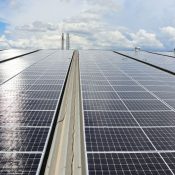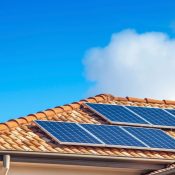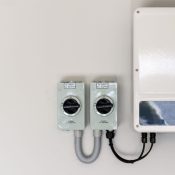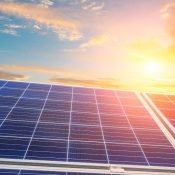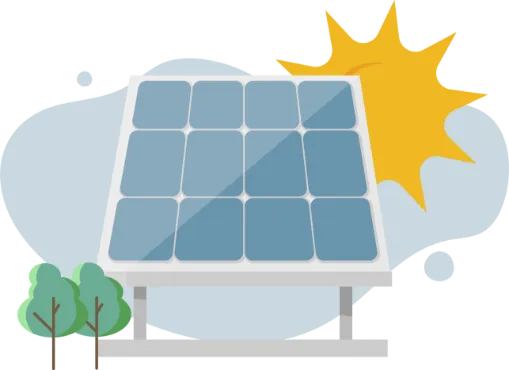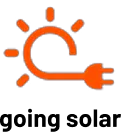Selling Electricity Back to the Grid in Ireland
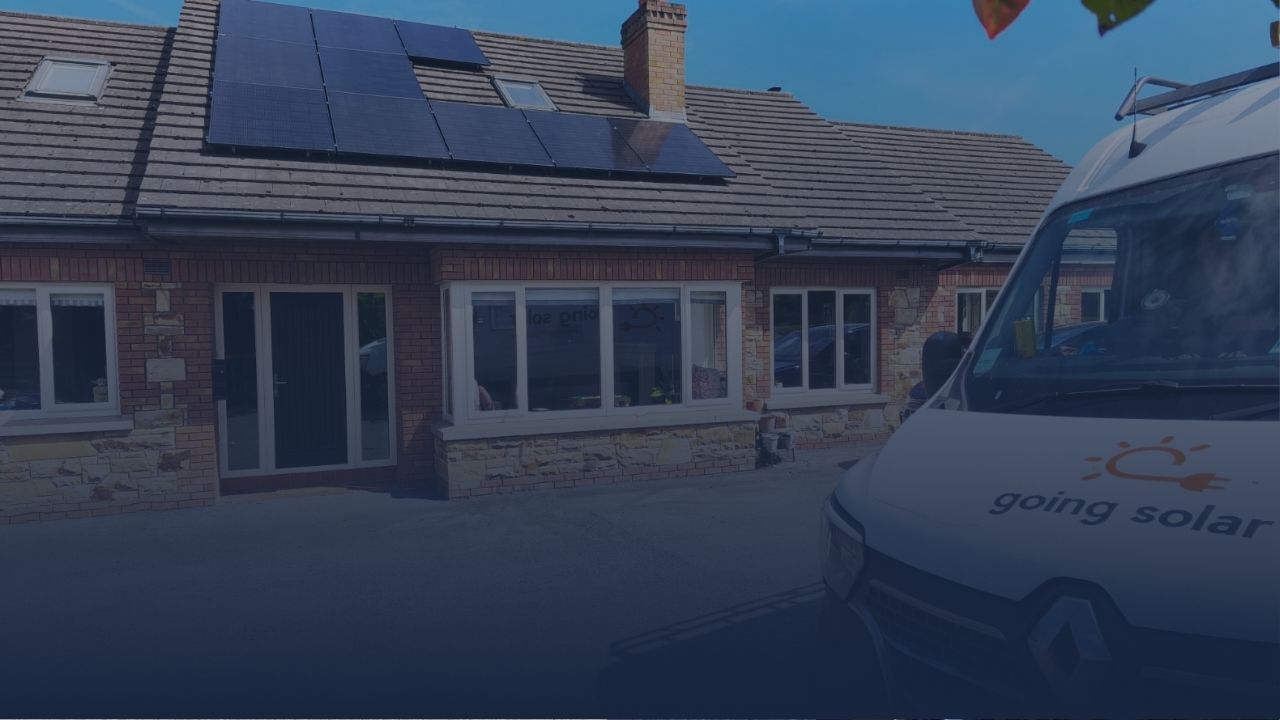
Ever wondered how the extra electricity your home makes could turn into cash? With Ireland’s supportive approach to clean energy and new technology, the idea of selling your extra electricity back to the power grid is getting easier by the day.
With the government’s target to generate 70% of its electricity from renewable sources by 2030, homeowners now have both a financial and environmental incentive to contribute to a greener grid. By harnessing solar, wind, or other renewable sources, not only can you reduce your carbon footprint, but you can also turn a profit from unused energy.
This concept in Ireland is known as “micro-generation.” Now, let’s dive into the details and discover how you can support Ireland’s bold energy goals and perhaps even earn some extra income along the way.
So, let’s get started.
What is Microgeneration and Why Does it Matter in Ireland?
Microgeneration is like having a tiny power station right at home. It means using small-scale technology to make your own electricity from renewable sources like the sun or wind. This is a big deal in Ireland because the country is working hard to use more green energy. By 2030, Ireland wants 70% of its electricity to come from renewable sources.
So, why is this important? First, it helps the planet by cutting down on harmful gases that come from using old-fashioned fuels like coal and oil. Second, it can save money on electricity bills, and you might even earn some by selling extra electricity you don’t need back to the grid.
In Ireland, this push for green energy is part of a bigger plan to make the environment cleaner and to deal with changes in the weather caused by pollution. Plus, making your own electricity can mean more reliable power for your home, especially when big storms hit and cause power cuts.
So, microgeneration is not just about making electricity. It’s about making a cleaner, safer, and more energy-independent Ireland. And that’s something everyone can get behind. Now, let’s take a closer look at how you can be a part of this exciting change.
Does the Government Support Microgeneration in Ireland?
Yes, the government supports microgeneration in Ireland. Here is how:
Microgeneration support scheme (MSS).
In Ireland, the government really backs up microgeneration. They’ve set up a special plan called the Microgeneration Support Scheme (MSS). This scheme is like a helping hand for people who want to make their own green electricity. It allows them to sell any extra electricity they make back to the national grid. This is not just good for the environment, but it also helps people earn some money.
Clean export guarantee (CEG)
The government also offers a special payment for this extra electricity. It’s called the Clean Export Guarantee (CEG). If you’ve got things like solar panels or wind turbines at home, you could be part of this. But there are a few rules to follow. Your setup needs to be registered, and it must meet certain standards to make sure everything is safe and works well.
The government grants
Also, the government has set up grants to help with the costs of getting started. This makes it easier for more people to get involved. They’re really trying to make it a win-win situation. You help the planet by making clean energy, and you get a little bonus for any extra electricity you share with everyone else.
So, the government’s support is a big deal. It’s encouraging more and more people in Ireland to think about microgeneration. This means we’re all working together to make the country’s energy cleaner and greener. Now, let’s see how you can join in and make a difference too.
Am I Eligible to Sell Electricity Back to the Grid?
Absolutely! However, there are certain eligibility criteria to sell excess electricity back to the national gird:
- Renewable Energy Setup: You must have a microgeneration system at home, such as solar panels or a mini wind turbine, focusing on clean, renewable energy.
- Safety Standards: Your system must meet certain safety standards to ensure compatibility and safety for the electricity grid. Installation companies usually manage this requirement.
- Size Limit: The scheme targets small-scale energy production. Systems that are too large may not be eligible.
- Grid Connection: You need to be connected to the electricity grid to feed excess electricity back and receive compensation.
In short, if you have a small, safe renewable energy system and are connected to the grid, you’re likely all set. Next, let’s explore how you can start turning your extra green energy into cash.
Can Selling Electricity Back to the Grid Really Pay Off?
So, considering the financial side of selling electricity back to the grid in Ireland, let’s look at the cost of selling excess electricity:
Comparing energy supplier buyback rates in Ireland
Different energy suppliers in Ireland offer various rates for buying back your excess electricity. For example, one supplier might offer around €0.25 per kilowatt-hour (kWh) for the electricity you send back to the grid starting in January 2025. Others may offer slightly less, around €0.20 to €0.24 per kWh, with these rates possibly changing twice a year.
So, if you have a solar panel setup that generates around 5,500 kWh of electricity per year and you use about half of that, you could sell the remaining 2,750 kWh back to the grid. If your supplier pays €0.20 per kWh, you could earn about €550 per year from the surplus energy alone.
Maximising savings and earnings with home-generated electricity
Besides earning from selling electricity, you also save by using your own generated power. For instance, using the same setup, the 2,750 kWh you use could save you around €605 a year, considering the average electricity price. Combining savings and earnings, your total benefit could be over €1,150 a year.
These figures illustrate that selling excess electricity back to the grid in Ireland can indeed be financially rewarding, especially when you also factor in savings from reduced electricity purchases from the grid. It’s a win-win; you contribute to a greener environment and manage to cut down costs, potentially turning a profit with your renewable energy setup.
What Renewable Energy Sources Can I Consider for Microgeneration in Ireland?
In Ireland, you have a few great options for renewable energy sources that you can use for microgeneration. Let’s explore some of them:
Solar energy
Solar panels are a popular choice. They capture sunlight and turn it into electricity. Even on cloudy days, they can still generate power. This makes them a good option for Ireland’s weather.
Wind energy
Wind turbines use the wind to produce electricity. Ireland’s windy conditions, especially along the coast, make it an excellent place for wind energy.
Hydro energy
Small-scale hydroelectric systems use the flow of water to generate power. If you have a stream or a river nearby, this could be a great option.
Biomass energy
Biomass systems create energy from organic materials like wood chips or plant waste. They’re a bit less common in homes but can be a good choice if you have access to these materials.
Each of these sources has its own benefits and might suit different locations and setups. Choosing the right one for you depends on your home’s location, available space, and the initial investment you’re ready to make. By picking a suitable renewable source, you can contribute to a cleaner environment and potentially save on energy costs in the long run.
What Do I Need to Start Generating My Own Electricity?
Starting to generate your own electricity with renewable energy is exciting. Here’s what you need to get going:
Choose your energy source
First, decide on the type of renewable energy you want to use. Solar panels and wind turbines are common choices for homes.
Equipment and installation
You’ll need the right equipment. For solar power, this means solar panels, an inverter, and possibly a battery for storage. For wind energy, you’ll need a wind turbine.
A Good spot
Your equipment needs to be placed where it works best. Solar panels should go on a sunny part of your roof. Wind turbines need a clear, windy spot.
Permissions and paperwork
Check if you need any permissions to install your equipment. Also, register your setup with your electricity supplier so you can start selling back any extra electricity.
A Connection to the Grid
To sell electricity back, you need to be connected to the electricity grid. This usually involves getting a special metre installed that can measure the electricity you’re sending back.
With these steps covered, you’re on your way to producing your own clean, renewable energy. It’s a step towards saving on your energy bills and helping the environment too.
In a Nutshell!
Making the switch to producing your own electricity at home in Ireland is a wise choice for both the environment and your bank account. Even though there are initial challenges like the cost of getting started and depending on the weather, the rewards over time are significant for both your savings and the earth.
Thinking about selling electricity back to the grid? It’s a good idea to get some expert advice. Going Solar is ready to help you through the steps of hooking up to the grid and getting the most out of your investment in clean energy.
Don’t hesitate to contact Going Solar for expert guidance and support on your journey to using green energy.
Planning a switch to solar energy?
Contact Going Solar now and Get Free Advice & Quote Within Minutes!
Frequently Asked Questions
Contact Going Solar Now!
Joe Brennan
Founder @ Going Solar
Joe Brennan, the founder of Going Solar, is dedicated to making solar power mainstream in Ireland and meet SEAI objectives. With a focus on affordability and sustainability, he is bringing renewable energy solutions to homes, reducing costs & environmental impact.
Recent Posts

